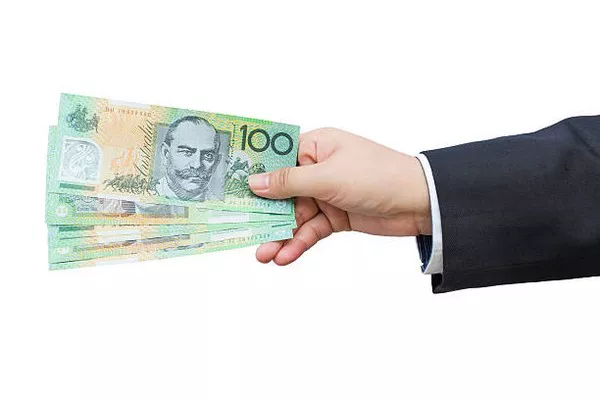Currency collecting, also known as numismatics, is a captivating hobby that has garnered a significant following worldwide. In Australia, with its rich history and diverse cultural influences, currency collecting holds a particular allure. Collectors are drawn to the unique designs, historical significance, and sometimes surprising value of Australian banknotes.
History of the $20 Note
The $20 Australian note has undergone several transformations since its introduction. Initially issued in paper form in 1966, it featured the portrait of Queen Elizabeth II on the front and various iconic Australian symbols on the reverse. Over the years, the design has evolved to incorporate advanced security features, including polymer substrates and intricate patterns to deter counterfeiting.
Identifying Valuable Features
Several factors contribute to the value of a $20 Australian note. Rare signatures, such as those of key officials or notable individuals involved in the note’s production, can significantly enhance its worth. Serial numbers also play a crucial role, with low numbers, repeating patterns, or unique combinations sought after by collectors. Misprints, including errors in printing or cutting, can make a note particularly valuable. Limited-issue runs, such as commemorative editions or special releases, are highly coveted by collectors.
Rarity and Condition
The rarity of a $20 note, along with its condition, directly impacts its value. Notes with low circulation numbers or those from specific years or series deemed scarce by collectors command higher prices. Additionally, the condition of the note, including factors like creases, tears, or discoloration, can significantly influence its desirability and value.
Recent Finds and Auctions
In recent years, there have been notable instances where $20 Australian notes have sold for more than their face value at auctions. One such example is the auction of a rare first polymer $20 note with a serial number beginning with AA93, which sold for well above its face value due to its scarcity and pristine condition. These instances underscore the potential value that certain $20 notes hold for collectors.
How to Assess and Grade Notes
Assessing the condition of a $20 Australian note is essential for collectors. Utilizing established grading systems, such as the Sheldon Scale or the International Bank Note Society (IBNS) grading standards, can help collectors accurately evaluate the condition of their notes. Factors such as folds, creases, ink smudges, and overall crispness are considered when determining a note’s grade.
Preservation Tips
Preserving the condition of collectible $20 notes is paramount for maintaining their value. Storing notes in protective sleeves or holders made from acid-free materials can prevent damage from environmental factors such as moisture, light, and handling. Avoiding excessive handling and storing notes in a cool, dry environment away from direct sunlight can also help prolong their lifespan.
Legal Considerations
When trading collectible currency, it’s essential to be aware of any legal considerations. In Australia, the buying and selling of currency notes are generally unrestricted, but certain regulations may apply when dealing with rare or historical notes. Collectors should familiarize themselves with relevant laws and regulations to ensure compliance when buying or selling collectible currency.
Where to Buy and Sell
Reputable places to buy and sell collectible $20 Australian notes include reputable numismatic dealers, online auction platforms, and specialized currency exchange events or conventions. It’s essential for collectors to research sellers and verify the authenticity of notes before making any purchases. Engaging with online forums and communities dedicated to currency collecting can also provide valuable insights and connections for buying and selling notes.
Conclusion
In conclusion, collecting $20 Australian notes can be a rewarding and potentially lucrative hobby for enthusiasts. By understanding the history, identifying valuable features, assessing rarity and condition, and following preservation tips, collectors can build impressive collections while preserving the value of their notes. However, it’s essential to approach currency collecting responsibly, staying informed about legal considerations and conducting transactions with reputable sellers. With careful attention to detail and a passion for the hobby, collectors can enjoy the thrill of uncovering valuable treasures within Australia’s diverse currency landscape.


